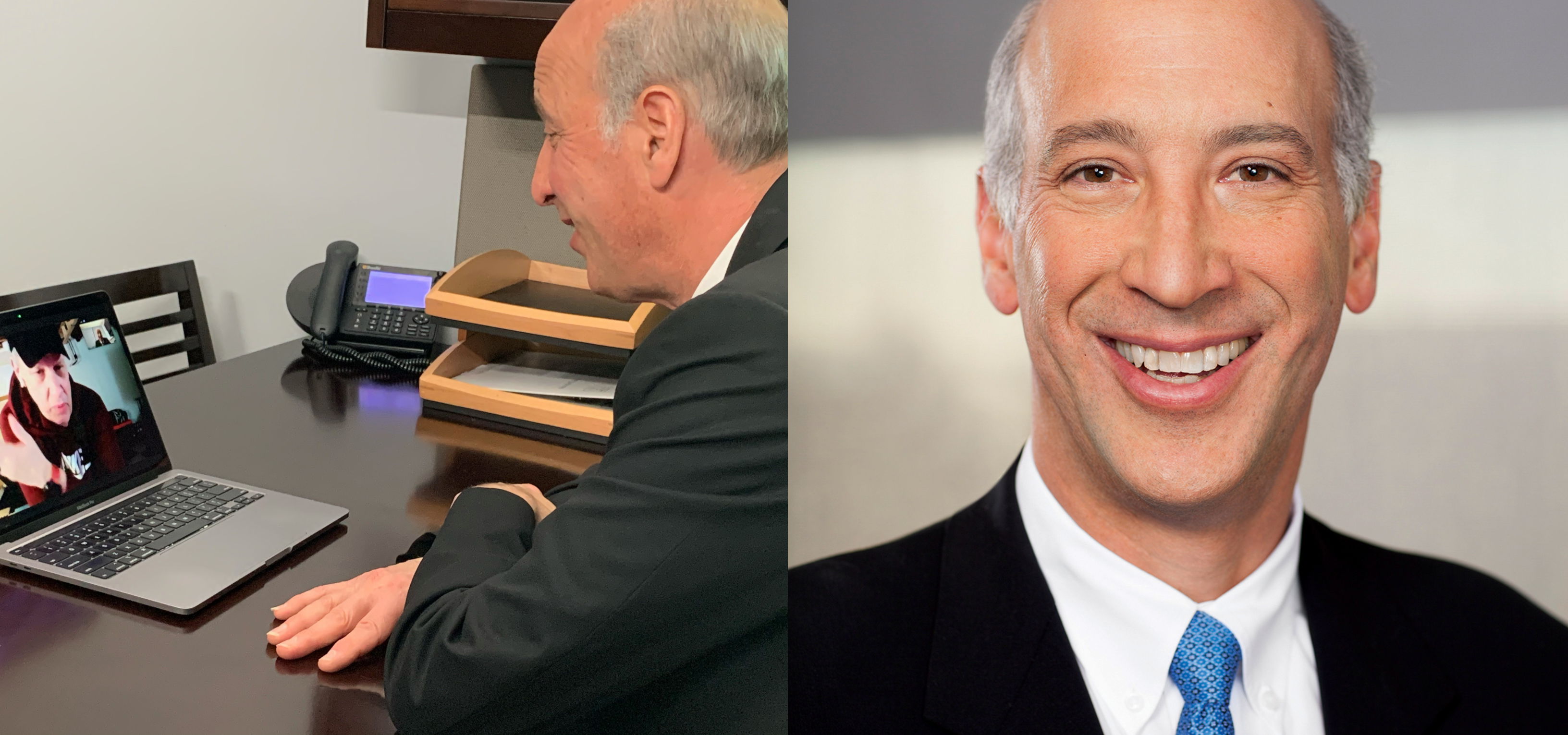Dr. Richard Berger On How to Best Care for Your Patients When They Are Not Physically in Front of You
Virtual healthcare allows us to enlist patients in their own treatment and rehabilitation. For example, even though patients are getting physical therapy, we can provide them with important recovery exercises they can do at home. In addition, we check on patients to determine if they are following post-surgery protocols and offer guidance with exercises on the computer screen.
One of the consequences of the pandemic is the dramatic growth of Telehealth and Telemedicine. But how can doctors and providers best care for their patients when they are not physically in front of them? What do doctors wish patients knew in order to make sure they are getting the best results even though they are not actually in the office? How can Telehealth approximate and even improve upon the healthcare that traditional doctors’ visits can provide?
In this interview series, called “Telehealth Best Practices; How to Best Care for Your Patients When They Are Not Physically in Front of You” we are talking to successful Doctors, Dentists, Psychotherapists, Counselors, and other medical and wellness professionals who share lessons and stories from their experience about the best practices in Telehealth. As a part of this series, I had the pleasure of interviewing Dr. Richard Berger of Rush University Medical Center orthopedic surgeon with a specialty in hip and knee replacement.
Richard Berger, M.D., is a world-renowned orthopedic surgeon at Midwest Orthopedics at Rush and assistant professor at Rush University Medical Center, Chicago. He pioneered a minimally invasive hip and knee replacement that allows for a quicker and less painful recovery than traditional joint replacement. He also was the first in the world to perform outpatient hip and knee replacement surgery and has done over 12,000 surgeries — more than any other surgeon. Patients come from all over the world to have surgery from Dr. Berger, and they include elite athletes, politicians and celebrities.
Thank you so much for joining us in this interview series! Before we dive in, our readers would love to “get to know you” a bit better. Can you tell us a bit about your ‘backstory’ and how you got started?
I got my start while pursuing a mechanical engineering degree at MIT. When I was a freshman, I began a research project to analyze human motion and how to make joint replacements perform like natural joints. Thus began my lifelong passion — helping people with arthritis get back their mobility and alleviate their pain. This led me to medical school, where I continued my research in joint replacements. After a residency and fellowship in joint replacement, I used my engineering degree to develop minimally invasive techniques to replace the hip or knee joints without cutting muscle, tissue or ligaments. Therefore, unlike traditional joint replacement surgery, my patients can recover and return to their lives quickly. Now, elite athletes and active people who want to continue to pursue their passions after joint replacements can do so with no limitations. In addition, my MIT engineering has helped me develop and design surgical instruments and implants used by orthopedic surgeons all over the world.
Can you share the most interesting story that happened to you since you began your career?
I am very fortunate to help over 1400 patients a year and have the pleasure of following patients after surgery and hearing their recovery stories. Many of these stories involve pursuing dreams and achieving goals that they thought were not possible with their arthritic joints.
A patient who comes to mind is a gentleman from Nashville who aspired to climb Mt. Everest. He was struggling with knee arthritis, and so he settled for a helicopter trip to Everest’s base camp. While hobbling around the base of Everest, another climber, a former patient of mine who was heading to the top, gave him what he called life-changing advice. “It looks like you have a bum knee,” he said. “Go see Dr. Richard Berger in Chicago. I did and now I am going to the top!”
After that, he came to me and I performed knee replacement, he went back to the Everest base camp. And this time without a helicopter — he hiked up with his new knee.
Again, I am very fortunate to be able to help change people’s lives for the better. From elite athletes across the country to schoolteachers around the corner, we give patients their lives back.
Can you please give us your favorite “Life Lesson Quote”? Can you share how that was relevant to you in your life?
That’s a great question. I am constantly professing this to the many students I teach.
It is: “Treat others like you would want to be treated if you were in their shoes.” That’s the philosophy of my team and our practice. Unfortunately, many medical practices have lost their ability to provide excellent customer service. Any surgery, including joint replacement, can be a difficult time for a patient — so we strive to make it a special experience. The patient in front of us has our undivided attention. We listen carefully to each patient and develop a treatment tailored to an individual’s condition and goals. Some call this a concierge approach: we call it “practicing good medicine and providing quality customer service.”
None of us can achieve success without some help along the way. Is there a particular person who you are grateful towards who helped get you to where you are? Can you share a story about that?
My father was a huge influence in my life. He taught me the value of hard work. Before he was a New York City police officer, he had a small company that made the Macy’s Department Store holiday windows, creating their animated mannequins for their well-known window displays. I spent many days in our basement watching him perfect the complicated motions and mechanics of each figure. This started my fascination with human motion. I now get pleasure helping people improve their lives by restoring their motion that was lost because of arthritis. He really left a lasting impression on my life — and I hoped that I’ve passed that along to the tens of thousands of patients I have been able to help.
Ok wonderful. Let’s now shift to the focus of our interview. The pandemic has changed so many things about the way we behave. One of them of course, is how doctors treat their patients. Many doctors have started treating their patients remotely. Telehealth can of course be very different than working with a patient that is in front of you. This provides great opportunity because it allows more people access to medical professionals, but it can also create unique challenges. To begin, can you articulate for our readers a few of the main benefits of having a patient in front of you?
I have a large staff that takes great pride in comforting patients while reducing their fears and anxiety about surgery — which helps to alleviate their pain. Patients will initially talk by phone to one of our patient liaisons who explains the entire process. Then the patient will be greeted by that same teammate at their initial consultation. From delivering snacks, water bottles, information and kindness, we try to make patients feel special. We are there to hold their hand and guide them through the entire process. During the COVID-19 Lockdown, when we were not able to provide the “in-clinic personal touch,” — we learned ways to do it in a virtual manner.

